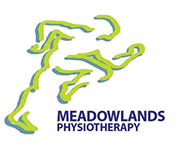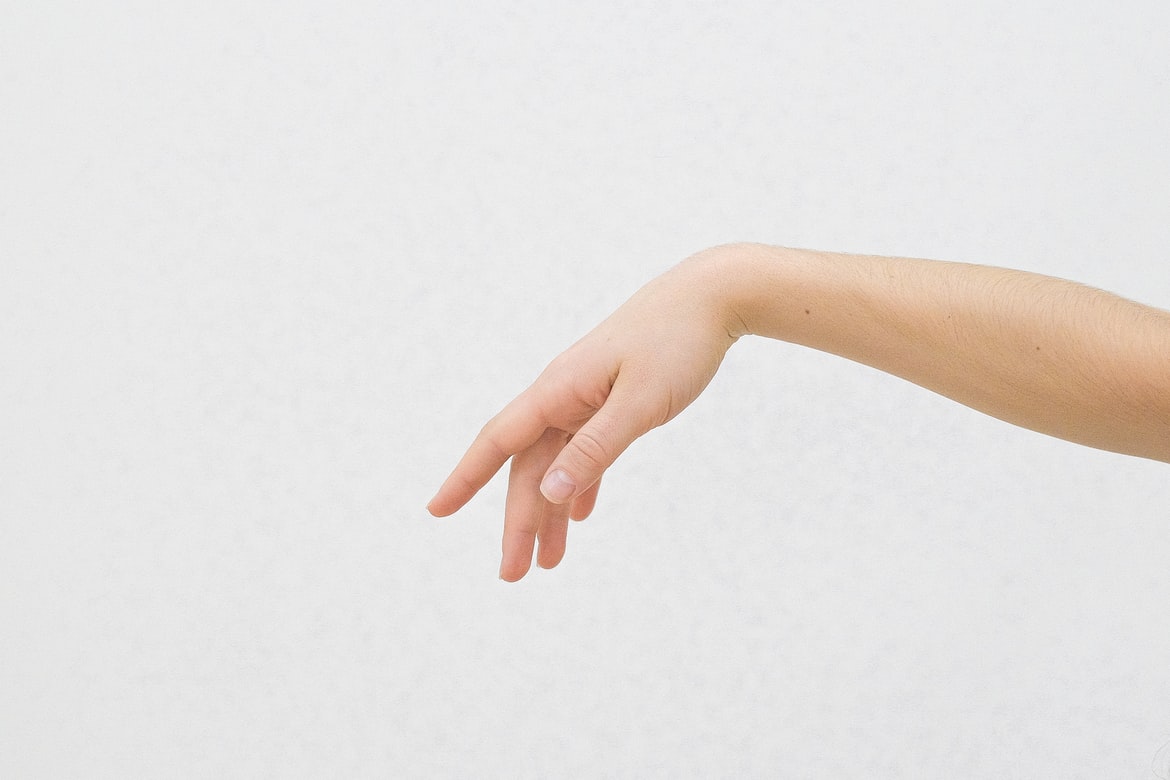World Arthritis Day: Juvenile Arthritis
October 12th marks World Arthritis Day, a day dedicated to raising awareness of the condition and the impact that it can have on the lives of those affected. This year’s World Arthritis Day theme is “it’s in your hands, take action” – and that’s exactly what we’re going to do!
If you think of arthritis as a condition that only affects the elderly, you may be surprised to learn that it can actually affect children too. According to Statistics Canada, juvenile arthritis, or childhood arthritis, affects approximately 6,200 Canadian children. Like adult arthritis, it is an autoimmune disorder where the body attacks healthy cells, usually in the joints. However, it is different from rheumatoid arthritis, the adult condition, in important ways.
Arthritis can cause long-term problems in children, but it can be managed and may also resolve unexpectedly. If juvenile arthritis goes into remission, any previous damage done to the joint will remain, but it will not get worse.
While juvenile arthritis affects only a small proportion of children, it is important to raise awareness about the condition. If parents know about the disease and can spot its signs, they can seek help to support their children earlier, which can limit the overall damage the disease does to the joint and help get children the best outcome possible.
The Signs of Juvenile Arthritis
Juvenile arthritis may start at any age, although it most commonly affects children aged ten to sixteen. It is also more like to affect females, although males certainly get the condition as well. There are specific symptoms of juvenile arthritis, and affected children often only experience a portion of them, particularly toward the beginning. Some of the symptoms of juvenile arthritis include:
- Joint pain: The pain may be worse in the morning or after the child stays still for a long time.
- Joint appearance: Affected joints may look red, swollen, and may feel warm to the touch.
- Eye problems: If the arthritis attacks the eyes they may become swollen and vision may be impaired. If left untreated this can lead to blindness.
- Rash: If the arthritis attacks the skin it may develop rashes.
- Fever: In systemic juvenile arthritis the child may develop a fever, which is a signal for the overactive immune response.
It is typical for the symptoms of juvenile arthritis to come and go. They flare up and last at least two weeks, and then taper off. If your child experiences any of these symptoms it is worthwhile to check in with your family physician and see if they need to be investigated.
How is Juvenile Arthritis Managed?
While juvenile arthritis isn’t a pleasant condition and there is no cure, doctors do have many strategies to help manage the symptoms and reduce the damage to the affected joints. Your child may need medications and physical therapy to maintain their range of motion and develop strength in the muscles that support the joints.
If the condition becomes more severe, doctors have treatments such as corticosteroids that can suppress the immune system and limit the damage caused to the joints. However, these treatments have risks and side effects, so it is important to discuss them carefully with your doctor.
Why Do Some Cases of Childhood Arthritis Resolve?
Most cases of juvenile arthritis stay manageable, and some achieve full remission. Children who have fewer affected joints and who receive treatment are more likely to achieve remission. However, the reasons are currently unknown.
For more information regarding juvenile arthritis, please reach out to the team at Meadowlands Physiotherapy. We can help you to stay informed and help you and your child manage this condition.

